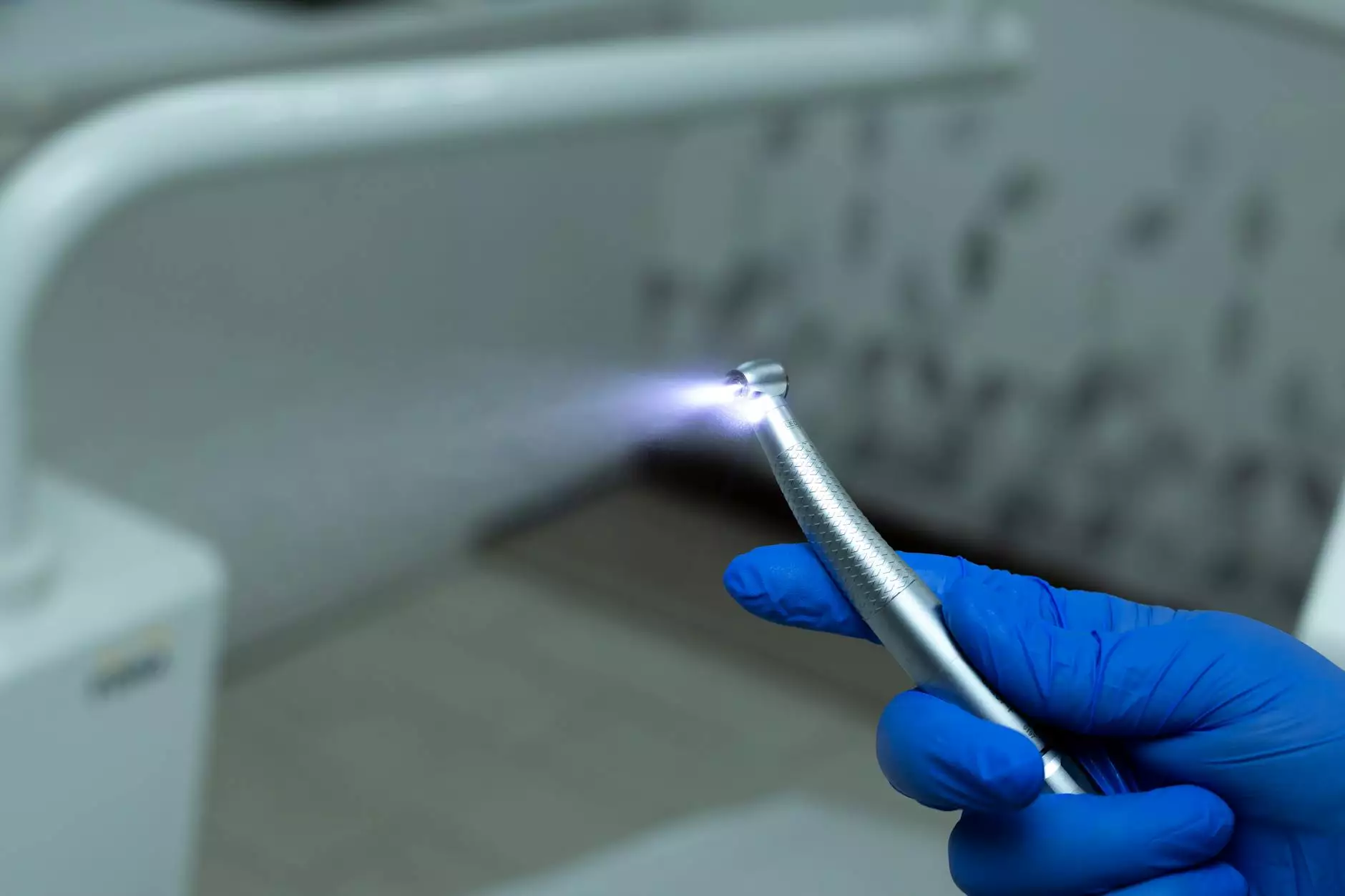Understanding Unilateral Salpingo Oophorectomy: A Comprehensive Guide

The field of health and medicine continues to evolve, offering patients better options for their health needs. One such option, particularly in the realm of gynecology, is the procedure known as unilateral salpingo oophorectomy. This article delves deeply into this surgical method, its indications, benefits, risks, and aftercare, providing a detailed understanding of what it involves.
What is Unilateral Salpingo Oophorectomy?
Unilateral salpingo oophorectomy is a surgical procedure that involves the removal of one ovary and its corresponding fallopian tube. The term “unilateral” signifies that only one side is affected, contrasting with bilateral procedures that involve both sides. This operation is commonly performed in conditions affecting the ovaries and fallopian tubes, making it essential for certain patient demographics.
Indications for Unilateral Salpingo Oophorectomy
There are several medical conditions and situations where a unilateral salpingo oophorectomy might be indicated:
- Ovarian Tumors: If a tumor is found on one ovary, surgery may be necessary to remove the tumor and preserve the patient's overall health.
- Ectopic Pregnancy: When a fertilized egg implants in a fallopian tube, surgical intervention may be required to remove the affected tube and ovary if necessary.
- Endometriosis: This painful condition, where the tissue similar to the lining inside the uterus grows outside of it, may require surgical treatment.
- Ovarian Cysts: Large or problematic cysts that do not respond to other treatments may be candidates for this surgery.
- Infections: Severe infections in the reproductive system may necessitate the removal of affected structures.
The Procedure: What to Expect
Preparation for Surgery
Prior to undergoing a unilateral salpingo oophorectomy, patients will have a series of evaluations, including imaging studies and lab tests to determine the best surgical approach. An understanding of the risks and benefits will be discussed between the patient and the healthcare provider to ensure informed consent.
The Surgical Process
The surgery can be performed using traditional open surgery or minimally invasive laparoscopic techniques, which tend to offer quicker recovery times and less postoperative pain. The surgical steps typically include:
- Administration of Anesthesia: Patients are given anesthesia to ensure comfort during the procedure.
- Incision: In laparoscopic surgery, small incisions are made, while traditional methods might require a larger incision.
- Removal: The affected ovary and fallopian tube are carefully removed.
- Closure: The incisions are closed with sutures or surgical glue, and monitoring begins.
Recovery Post-Surgery
Recovery from a unilateral salpingo oophorectomy varies based on the surgical technique used. Laparoscopic methods often result in shorter recovery times. Generally, patients can expect:
- Short Hospital Stay: Many patients are discharged within hours post-surgery.
- Pain Management: Over-the-counter or prescribed medications may be provided to manage discomfort.
- Follow-Up Appointments: Routine check-ups to monitor healing and address any complications.
- Resuming Normal Activities: Most individuals can return to light activities within a few days, while intense workouts may require several weeks of rest.
Benefits of Unilateral Salpingo Oophorectomy
Choosing to undergo a unilateral salpingo oophorectomy can offer numerous benefits, especially when faced with serious reproductive health issues:
- Precise Treatment: The procedure addresses localized problems without altering overall ovarian function.
- Pain Relief: Removal of problematic tissues can significantly alleviate chronic pain associated with conditions like endometriosis.
- Preservation of Fertility: With one ovary remaining, many women can still conceive and carry pregnancies to term.
- Reduced Risk of Cancer: Removing affected tissues can help prevent the spread or worsening of cancers affecting the reproductive system.
Risks and Considerations
Despite its benefits, unilateral salpingo oophorectomy is not without risks. Patients should be aware of the following potential complications:
- Infection: As with any surgery, infection at the incision sites can occur.
- Bleeding: Excessive bleeding can happen, necessitating further medical intervention.
- Anesthesia Risks: Some patients may experience adverse reactions to anesthesia—though these are rare.
- Impact on Hormonal Balance: Although one ovary typically maintains hormonal function, concerns about hormonal imbalances may arise.
Psychosocial Impact
A unilateral salpingo oophorectomy also has psychosocial implications for women. Emotional response varies and may include:
- Emotional Healing: Women may require time to process the surgery and its effects on fertility and body image.
- Counseling: Professional counseling can help address feelings of loss or anxiety about future reproductive health.
- Support Systems: Engaging with supportive friends, family, or support groups is crucial for emotional wellbeing.
Long-Term Effects and Follow-Up Care
It is essential for women to engage in regular follow-up care post-surgery. This includes:
- Routine Check-Ups: Regular gynecological exams help monitor ovarian health and overall reproductive function.
- Awareness of Symptoms: Women should be vigilant about any unusual symptoms post-surgery and report them to their healthcare provider.
- Continued Education: Understanding reproductive health and available options plays a crucial role in ongoing wellness.
Conclusion
In summary, the unilateral salpingo oophorectomy is a significant surgical procedure that serves as a critical intervention for various gynecological conditions. While it offers numerous benefits, it also poses risks that require careful consideration and management. As women's health continues to develop, understanding such procedures empowers patients in their healthcare decisions. If you or someone you know is considering this operation, consulting with a qualified gynecologic surgeon will ensure comprehensive care and support tailored to individual needs. Information regarding this procedure and its implications can be found at drseckin.com, where expert obstetric and gynecological advice is readily available.







